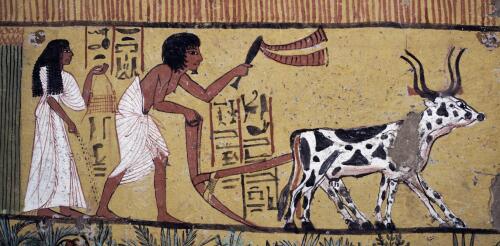Ancient history
Over the past century, the Earth’s average temperature has swiftly increased by about 1 degree Celsius (1.8 degrees Fahrenheit). The evidence is hard to dispute. It comes from thermometers and other sensors around the world. But what about the thousands of years before the Industrial Revolution, before thermometers, and before humans warmed the climate by releasing heat-trapping carbon dioxide from fossil fuels? Back then, was Earth’s temperature warming or cooling? Even though scientists know more about the most recent 6,000 years than any other multimillennial interval, studies on this long-term global temperature trend have come to contrasting conclusions. To try to resolve the difference, we conducted a comprehensive, global-scale assessment of the existing evidence, including both natural archives, like tree rings and seafloor sediments, and climate models. Our results, published Feb. 15, 2023, suggest ways to improve climate forecasting to avoid missing some...
At first glance, the connections between the world’s growing population and climate change seem obvious. The more people we have on this planet, the larger their collective impact on the climate. However, a closer look with a longer time horizon reveals relationships between population size and climate change that can help us better understand both humanity’s predicament as the global population hits 8 billion people – a milestone the United Nations marked on Nov. 15, 2022. Looking back to the Stone Age For much of human evolution, our ancestors were exposed to large climatic fluctuations between ice ages and intermittent warmer periods. The last of these ice ages ended about 10,000 years ago. Before the ice sheets melted, sea levels were about 400 feet (120 meters) lower than today. That allowed humans to migrate around the world. Everywhere they went, our ancestors reshaped landscapes, first by clearing forests and then through early agricultural practices...

